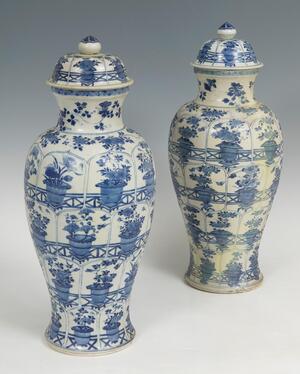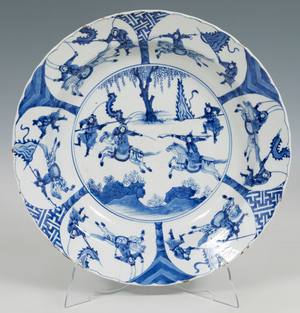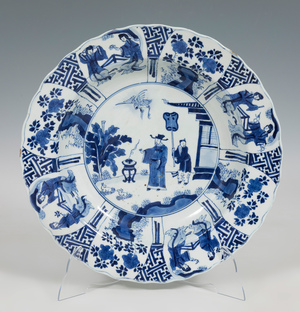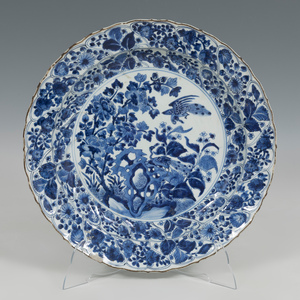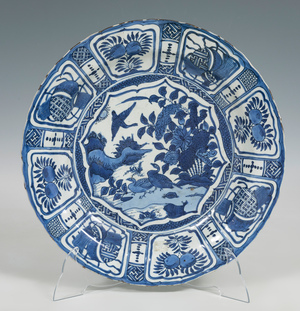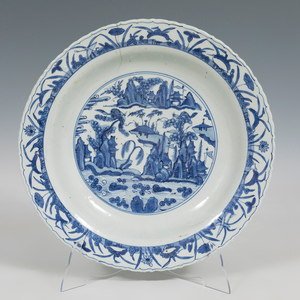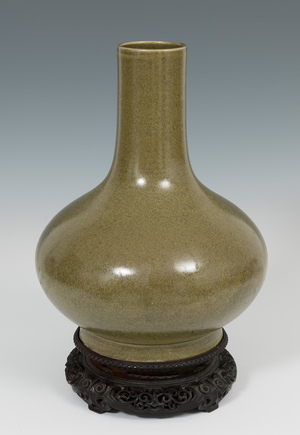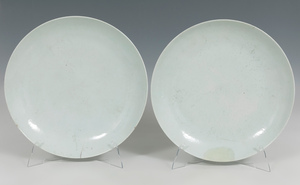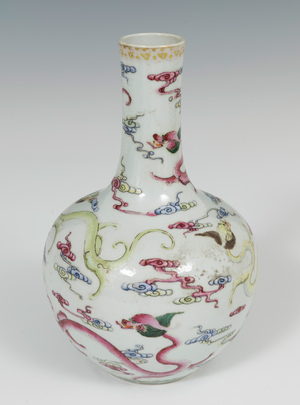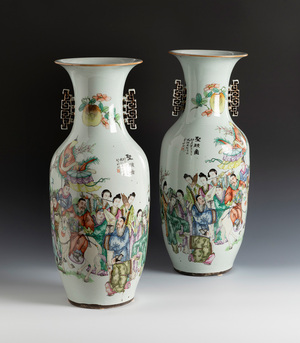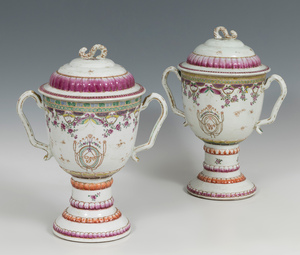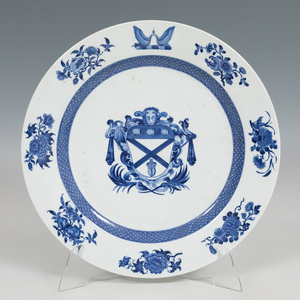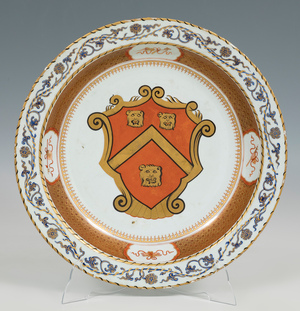Chinese ceramic typologies, protagonists at Setdart
On March 2, a notorious collection of oriental pieces will be auctioned at Setdart, where Ming and Qing porcelain will take center stage. Tradition and renovation go hand in hand to offer us a privileged vision of the artistic versatility that was achieved in these periods.
Trade was undoubtedly a fundamental phenomenon for the development of Chinese ceramics, influencing, to a great extent, the artistic manifestations that reflect an interesting and rich duality, maintaining, on the one hand, a strong rootedness to tradition and, on the other hand, manifesting the need to adapt to a new reality and taste, where the exchange of cultures is inevitable. Increased demand from the European and American markets forced Chinese potteries to accommodate Western tastes, resulting in a rich and extensive ceramic production never seen before.
This production can be divided into two major categories; “guanyao“destined for the court or imperial porcelain and “minyao“whose production was intended for everyday use and export. Both were carried out in separate kilns within the complex structure of the Jindezhen kilns. Although the production was differentiated according to its destination, the typologies were generalized, which gave rise to a classification of ceramics based on their decorations.
Blue and white porcelain is one of the most recognizable since the Ming dynasty reached its peak of technical virtuosity. Qing production will continue with traditional techniques, but will develop decorations adapted to foreign tastes. The difference in quality will be evident between those destined for cutting and those mass-produced for export, mainly reflected in the quality of the pigment and the pulp.
Kraak porcelain is a variation of the blue and white ware developed in the Ming dynasty, closely linked to export. Despite being less refined in their materials, these pieces still demonstrate great beauty, distinguished mainly by their decoration divided into cartouches.
On the other hand, the production of monochrome ceramics gained great popularity during the Qing dynasty, drawing again on the splendor of the past and even replicating its techniques, as can be seen in the Song dynasty. While it is true that one of the most popular colors was the “sang de boeuf”, red from copper oxide, colors such as turquoise, yellow or purple, among others, were also used in a wide production that has reached our days.
The typology corresponding to the green family and the pink family also gained much prominence during the 18th and 19th centuries. These ceramics are so called because in their overall polychromy, green or pink stand out especially from the others. Its decorations cover many motifs and are painted on all types of vessels, in many cases creating pieces of great quality, especially in the porcelain of the pink family, since the pigment was more modulable in kilns and offered the possibility of achieving a rich tonal range.
Western families, also known as the Indian company, developed from the 17th century onwards and their production grew considerably in the 18th century. These are pieces adapted to Western tastes. As Chinese art becomes known in the West, causing a great fascination due to its quality and the mysticism that surrounds its art and culture, the demand for porcelain increases significantly, leaving as a witness a large number of pieces that are preserved today and are highly appreciated by the market.

